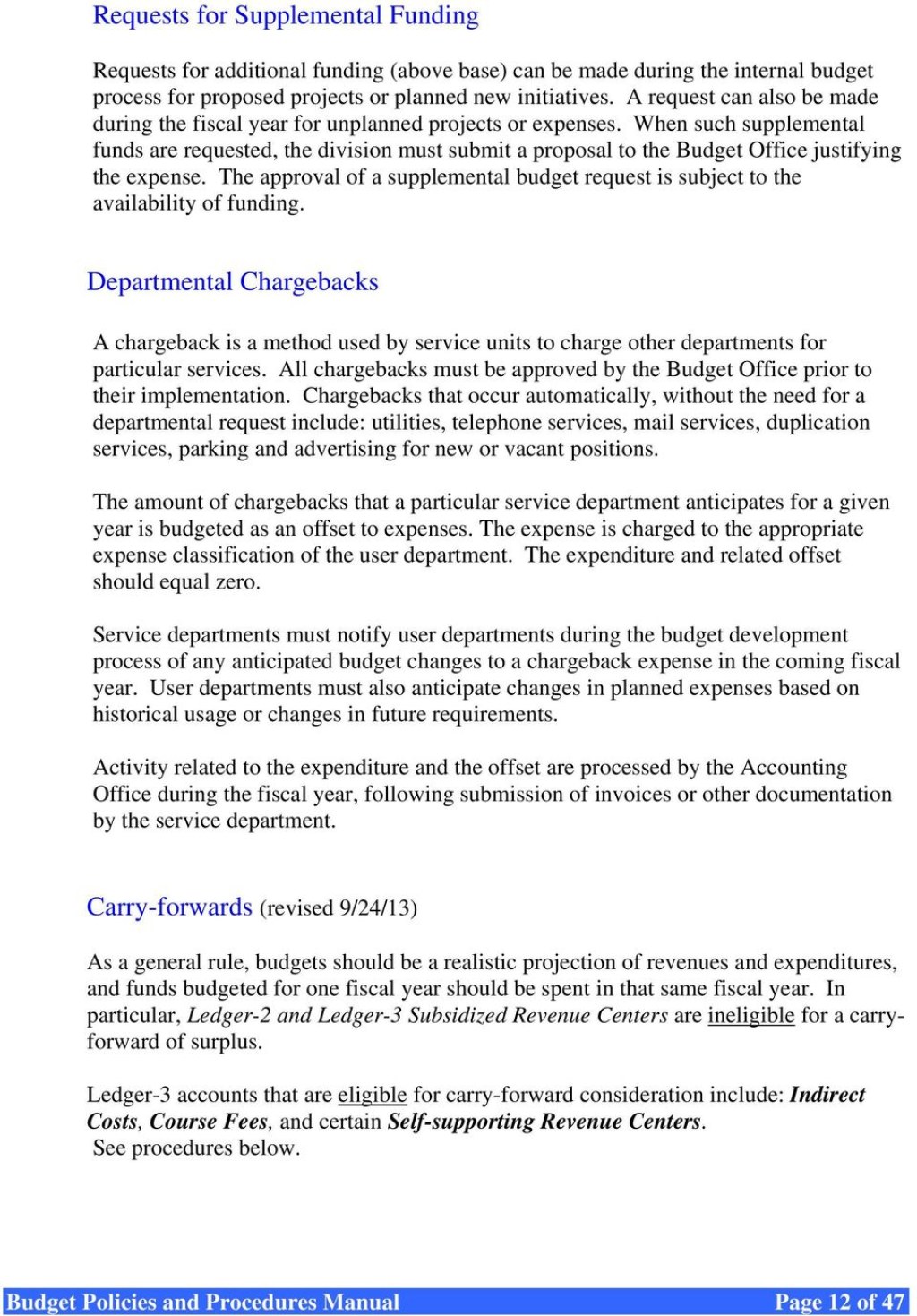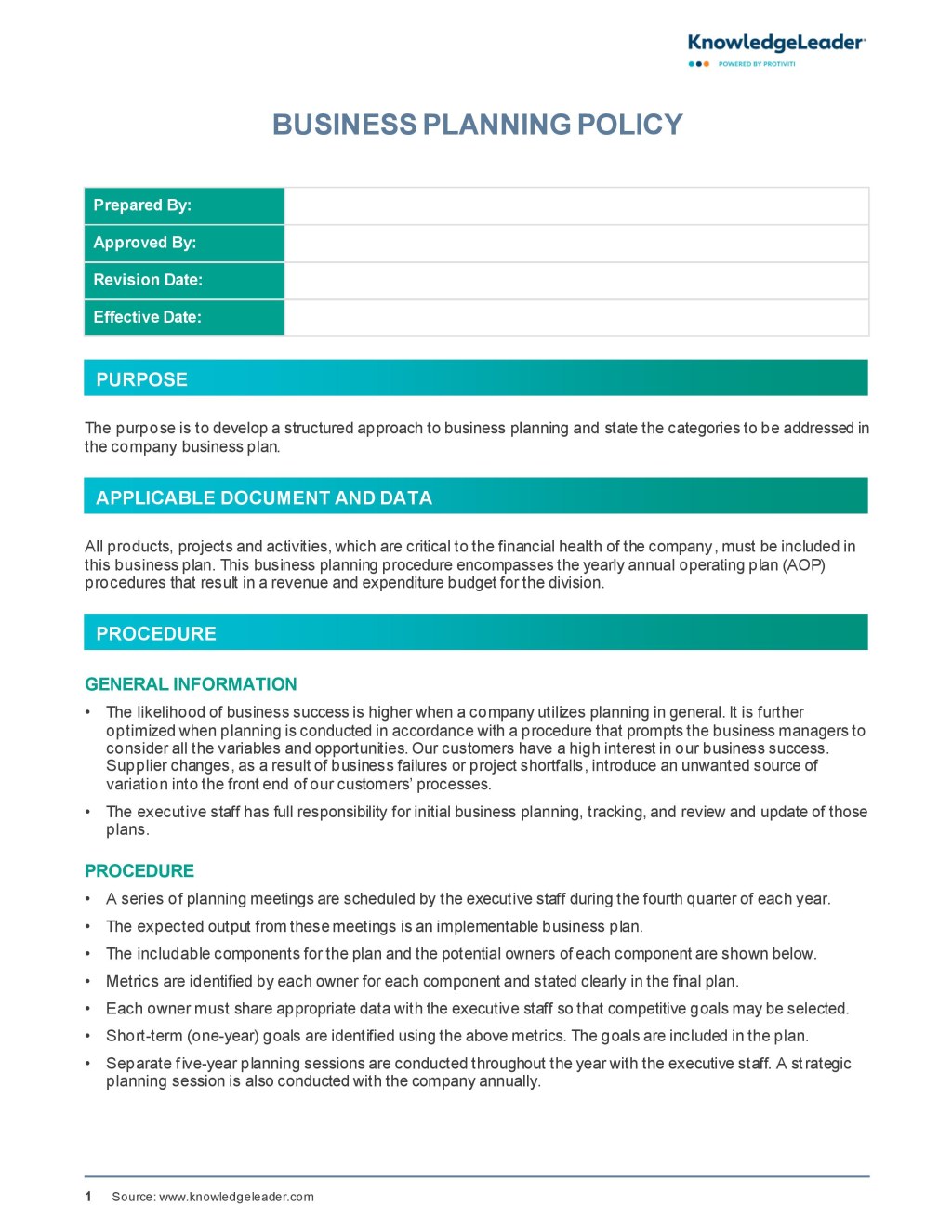Mastering Budgeting Policies And Procedures: Unlock Your Financial Success Now!
Budgeting Policies and Procedures: Ensuring Financial Stability and Efficiency
Welcome, readers! In today’s article, we will delve into the world of budgeting policies and procedures. As businesses strive to achieve financial stability and efficiency, the establishment of effective budgeting policies and procedures becomes paramount. By implementing these practices, organizations can make informed financial decisions, allocate resources strategically, and ultimately thrive in the competitive landscape of the modern business world.
Introduction
In this section, we will provide an overview of budgeting policies and procedures. It is essential to understand the fundamental concepts of budgeting and how they contribute to organizational success.
2 Picture Gallery: Mastering Budgeting Policies And Procedures: Unlock Your Financial Success Now!


1. What is Budgeting Policies and Procedures? 📊
At its core, budgeting policies and procedures refer to the rules and guidelines established by organizations to manage their financial resources effectively. These policies govern the creation, approval, execution, and monitoring of budgets to ensure financial stability and efficient resource allocation.

Image Source: docplayer.net
2. Who is Responsible for Budgeting Policies and Procedures? 🕴️
The responsibility for creating and implementing budgeting policies and procedures lies with the financial management team. This team typically consists of financial analysts, accountants, and executives who collaborate to develop a comprehensive budgeting framework.
3. When Should Budgeting Policies and Procedures be Implemented? ⏰

Image Source: knowledgeleader.com
Budgeting policies and procedures should be implemented as soon as an organization is established. It is crucial to have a well-defined budgetary framework in place from the beginning to ensure financial stability and avoid misallocation of resources.
4. Where are Budgeting Policies and Procedures Applicable? 🌍
Budgeting policies and procedures are applicable to all types of organizations, including businesses, non-profit organizations, government agencies, and educational institutions. Regardless of the industry or sector, having effective budgeting practices is essential for financial success.
5. Why are Budgeting Policies and Procedures Important? ❗
Image Source: licdn.com
The implementation of budgeting policies and procedures offers several benefits. Firstly, it provides organizations with a clear financial roadmap, enabling them to make informed decisions. Additionally, it ensures that resources are allocated efficiently, minimizes financial risks, and promotes accountability within the organization.
6. How are Budgeting Policies and Procedures Established? 📝
The establishment of budgeting policies and procedures involves several steps. It starts with conducting a comprehensive analysis of the organization’s financial goals and objectives. The financial management team then collaborates to develop a budgeting framework that aligns with these goals. The policies and procedures are documented, communicated to all relevant stakeholders, and regularly reviewed to ensure their effectiveness.
The Advantages and Disadvantages of Budgeting Policies and Procedures
Now let’s explore the advantages and disadvantages of implementing budgeting policies and procedures. It is essential to understand both sides of the coin to make an informed decision regarding their implementation.
1. Advantages of Budgeting Policies and Procedures 🌟
a) Improved Financial Planning: Budgeting policies and procedures enable organizations to plan their finances effectively, taking into account future goals and potential challenges.
b) Resource Allocation Efficiency: With a well-defined budget, organizations can allocate resources efficiently, ensuring that they are utilized optimally to support the organization’s objectives.
c) Decision-making Support: Budgets provide valuable insights that aid in decision-making processes. By having a clear financial overview, organizations can make informed choices regarding investments, cost reduction strategies, and revenue generation.
d) Risk Mitigation: Budgeting policies and procedures help organizations identify and mitigate potential financial risks, ensuring their long-term stability.
e) Enhanced Accountability: Budgets promote accountability by clearly defining financial responsibilities and expectations within the organization.
2. Disadvantages of Budgeting Policies and Procedures ❌
a) Rigidity: Strict adherence to budgeting policies and procedures can limit flexibility and hinder organizations’ ability to adapt to changing market conditions.
b) Time-consuming: Developing and implementing budgeting policies and procedures require considerable time and effort from the financial management team.
c) Inaccuracies: Budgets are based on assumptions and estimations, which can lead to inaccuracies in forecasting future financial performance.
d) Lack of Employee Buy-in: If employees do not fully understand or support the budgeting policies and procedures, it can hinder their successful implementation.
e) Unrealistic Expectations: Setting unrealistic budget targets can put unnecessary pressure on employees and demotivate them if goals are not met.
Frequently Asked Questions (FAQ)
1. Can budgeting policies and procedures be customized to suit specific organizational needs?
Yes, budgeting policies and procedures can be tailored to meet the unique requirements of each organization. It is essential to consider factors such as industry, company size, and financial goals when developing these policies.
2. How often should budgeting policies and procedures be reviewed?
Budgeting policies and procedures should be reviewed periodically to ensure their relevance and effectiveness. It is recommended to conduct a comprehensive review at least once a year or whenever significant changes occur within the organization.
3. What are the consequences of not having budgeting policies and procedures in place?
Without budgeting policies and procedures, organizations may face financial instability, resource misallocation, and difficulties in making informed decisions. Lack of accountability and increased financial risks are also common consequences.
4. Are there software tools available to assist in budgeting processes?
Yes, numerous software tools are available that can streamline the budgeting process. These tools offer features such as automated data entry, budget tracking, and analysis, making budgeting more efficient and accurate.
5. How can organizations ensure employee participation and buy-in for budgeting policies and procedures?
Organizations can promote employee participation and buy-in by communicating the benefits of budgeting policies and procedures, providing training and support, and involving employees in the budgeting process. Creating a culture of financial transparency and recognition for budget achievements also helps in gaining employee support.
Conclusion
In conclusion, budgeting policies and procedures are essential tools for organizations aiming to achieve financial stability and efficiency. By implementing these practices, businesses can make informed financial decisions, allocate resources strategically, and mitigate financial risks. However, it is crucial to consider both the advantages and disadvantages of budgeting policies and procedures before implementing them. Ultimately, a well-designed and well-executed budgeting framework can contribute significantly to the success of any organization.
Friends, it’s time to take action! Evaluate your organization’s budgeting policies and procedures and identify areas for improvement. Invest time and effort in developing a comprehensive framework that aligns with your financial goals and objectives. With the right budgeting practices in place, you can pave the way for long-term financial stability and success.
Final Remarks:
Disclaimer: The information provided in this article is for informational purposes only and should not be considered as financial or professional advice. Always consult with a qualified financial advisor or professional before making any financial decisions or implementing budgeting policies and procedures.
This post topic: Budgeting Strategies



